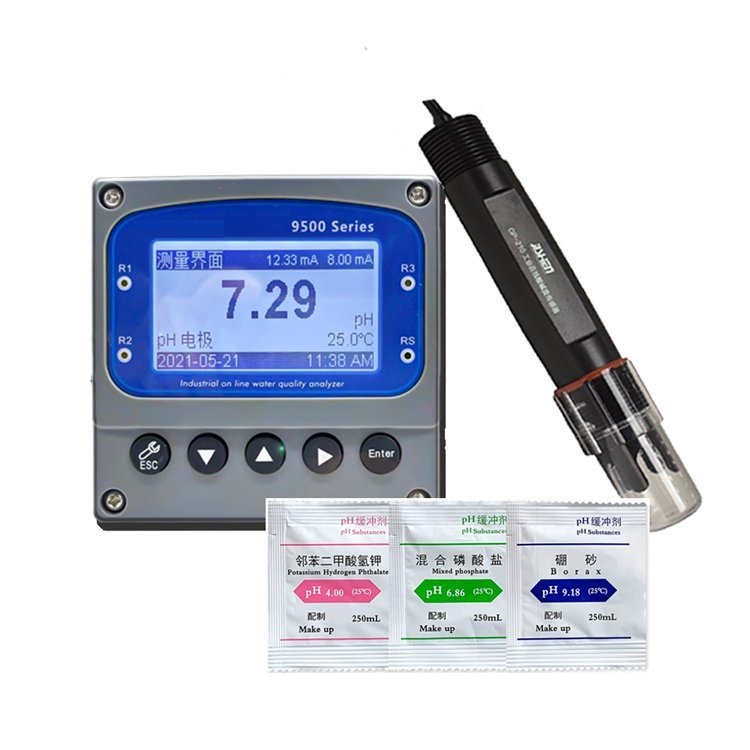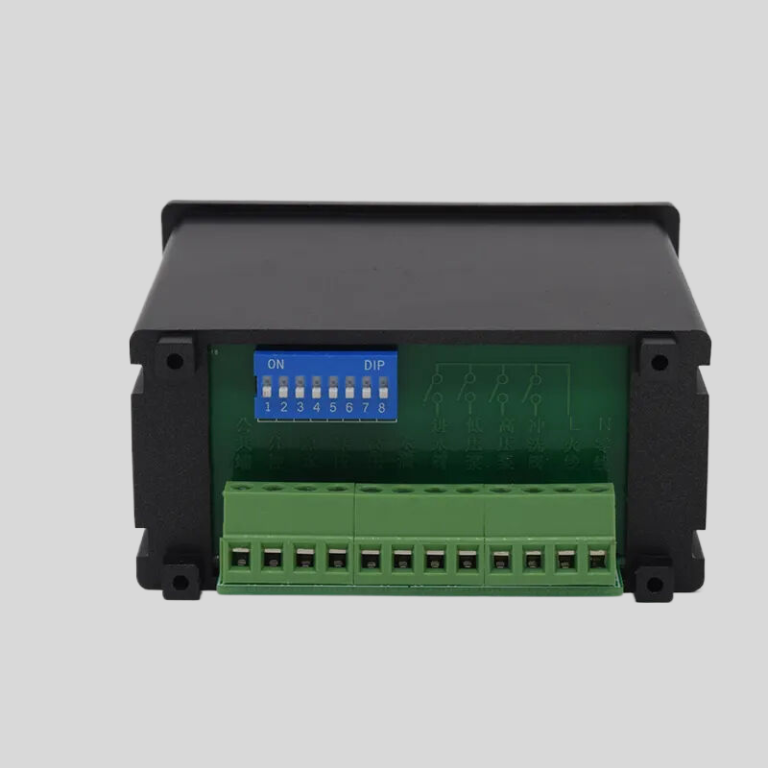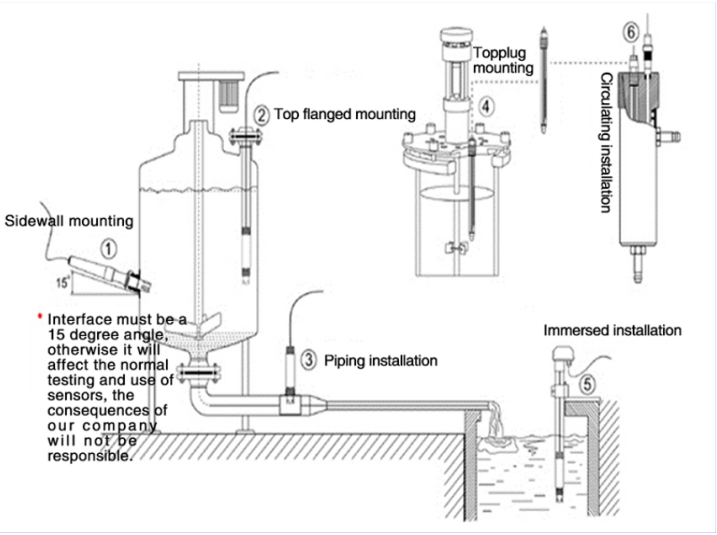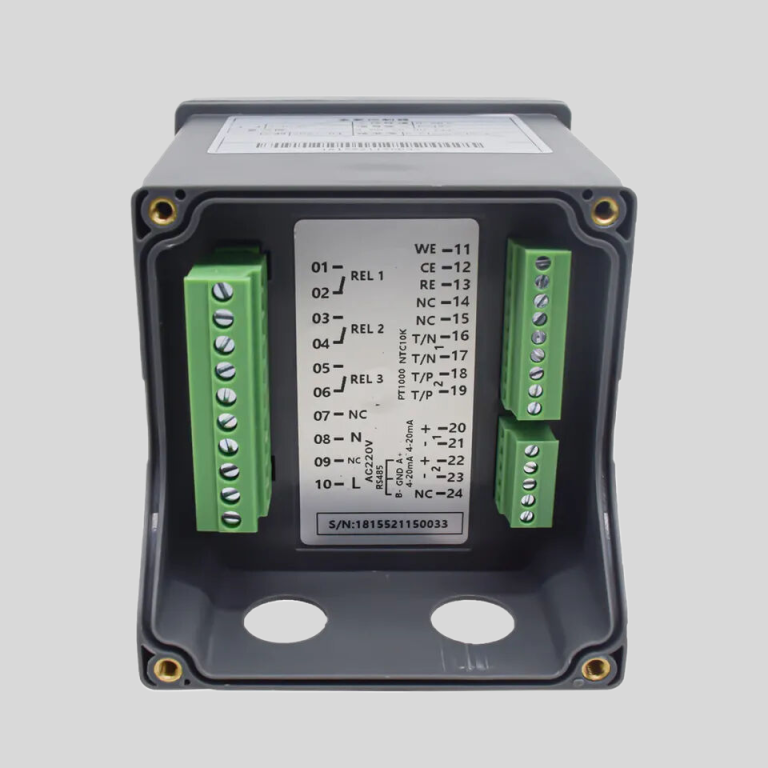Benefits of Using a Polarographic dissolved oxygen sensor in Water Quality Monitoring
Water quality monitoring is a crucial aspect of environmental management, as it helps to ensure the safety and health of aquatic ecosystems. One key parameter that is often monitored in water quality assessments is dissolved oxygen levels. Dissolved oxygen is essential for the survival of aquatic organisms, as it is necessary for respiration. Monitoring dissolved oxygen levels can provide valuable insights into the health of a water body and help identify potential sources of pollution.
One of the most common methods used to measure dissolved oxygen levels is the polarographic dissolved oxygen sensor. This sensor works on the principle of polarography, which involves measuring the current generated by the reduction of oxygen at a polarized electrode. The sensor consists of a cathode and an anode, separated by a semi-permeable membrane that allows oxygen to diffuse into the sensor.
| Measuring Method | N,N-Diethyl-1,4-phenylenediamine (DPD) spectrophotometry | |||
| Model | CLA-7122 | CLA-7222 | CLA-7123 | CLA-7223 |
| Inlet water channel | Single channel | Dual channel | Single channel | Dual channel |
| Measurement range | Total Chlorine : (0.0 ~ 2.0)mg/L ,calculated as Cl2 ; | Total Chlorine : (0.5 ~10.0)mg/L ,calculated as Cl2 ; | ||
| pH:(0-14);temperature:(0-100)℃ | ||||
| Accuracy | Free chlorine: ±10% or 0.05mg/L (whichever is greater), calculated as Cl2; Total chlorine: ±10% or 0.05mg/L (whichever is greater), calculated as Cl2 | Free chlorine: ±10% or 0.25mg/L (whichever is greater), calculated as Cl2; Total chlorine: ±10% or 0.25mg/L (whichever is greater), calculated as Cl2 | ||
| pH:±0.1pH;Temp.:±0.5℃ | ||||
| Measurement cycle | Free Chlorine≤2.5min | |||
| Sampling interval | The interval (1~999) min can be set to any value | |||
| Maintenance cycle | Recommended once a month (see maintenance chapter) | |||
| Environmental | Ventilated and dry room without strong vibration; Suggested room temperature: (15 ~ 28)℃; relative humidity: ≤85% (no condensation). | |||
| requirements | ||||
| Sample water flow | (200-400) mL/min | |||
| inlet water pressure | (0.1-0.3) bar | |||
| Inlet water temperature range | (0-40)℃ | |||
| Power supply | AC (100-240)V; 50/60Hz | |||
| Consumption | 120W | |||
| Power connection | 3-core power cord with plug is connected to the mains socket with ground wire | |||
| Data output | RS232/RS485/(4~20)mA | |||
| Dimension size | H*W*D:(800*400*200)mm | |||
One of the key benefits of using a polarographic dissolved oxygen sensor is its high accuracy and precision. The sensor can provide real-time measurements of dissolved oxygen levels with a high degree of accuracy, allowing for more reliable and consistent monitoring of water quality. This is particularly important in sensitive ecosystems where even small changes in dissolved oxygen levels can have a significant impact on aquatic organisms.
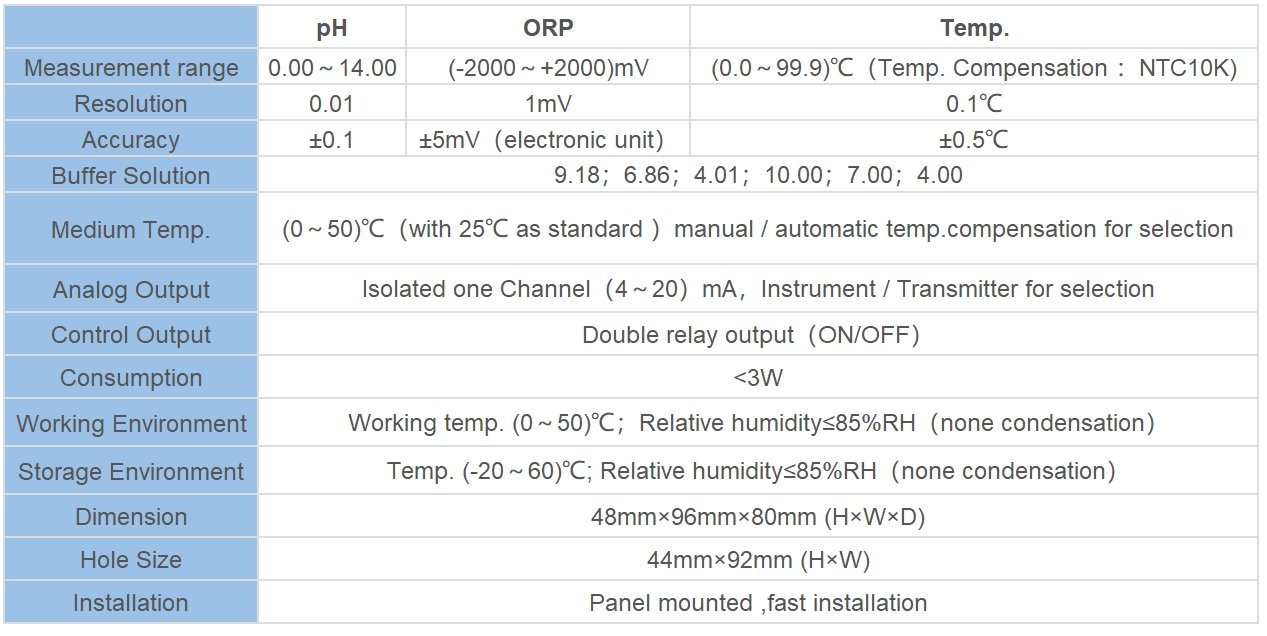
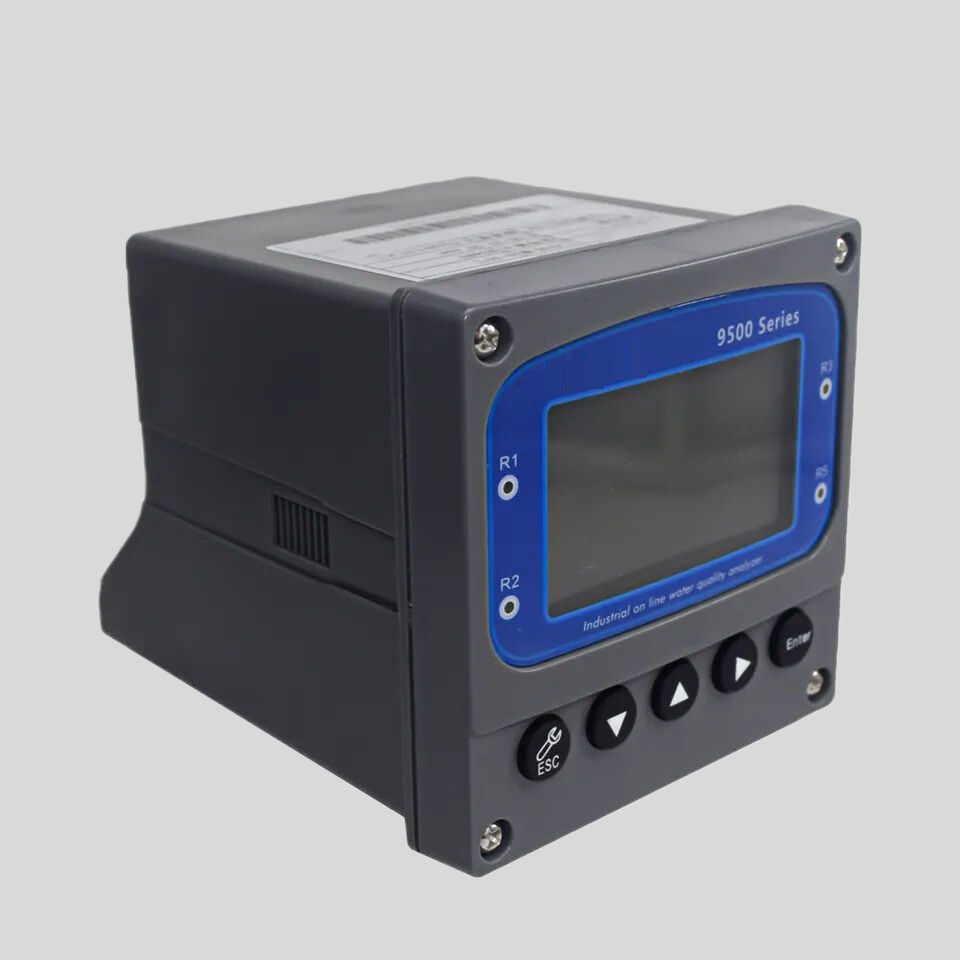
Another benefit of using a polarographic dissolved oxygen sensor is its durability and reliability. The sensor is designed to withstand harsh environmental conditions, making it suitable for long-term monitoring in a variety of aquatic environments. Its robust construction ensures that the sensor can continue to provide accurate measurements even in challenging conditions, such as high turbidity or extreme temperatures.
Furthermore, the polarographic dissolved oxygen sensor is easy to use and maintain, making it a cost-effective option for water quality monitoring. The sensor requires minimal calibration and maintenance, reducing the need for frequent adjustments or replacements. This ease of use makes the sensor ideal for both professional monitoring programs and citizen science initiatives, allowing for widespread monitoring of water quality.
| ROC-2315 ro controller instruction (220V) | |||
| Model | ROC-2315 | ||
| Single detection | Dry Contact input | Raw water no water protection | |
| (six channels) | Low-pressure protection | ||
| High-pressure protection | |||
| Pure water tank high level | |||
| External control mode signal | |||
| Running reset | |||
| Control port | Dry Contact output | Raw water pump | SPST-NO low capacity : AC220V/3A Max ;AC110V/5A Max |
| (five channels) | Inlet valve | ||
| High pressure pump | |||
| Flush valve | |||
| Conductivity over-limit drainge valve | |||
| Measurement detection point | Product water conductivity and with Automatic Temperature compensation (0~50)℃ | ||
| Measurement range | Conductivity : 0.1~200μS/cm/1~2000μS/cm/10~999μS/cm (with different conductivity sensor ) | ||
| Product water temp. : 0~50℃ | |||
| Accuracy | 1.5 level | ||
| Power supply | AC220V (±10%) , 50/60Hz | ||
| Working environment | Temperature:(0~50)℃ ; | ||
| Relative Humidity :≤85%RH (no condensation ) | |||
| Dimension | 96×96×130mm( height ×width×depth) | ||
| Hole size | 91×91mm(height ×width) | ||
| Installation | Panel mounted ,fast installtion | ||
| Certification | CE | ||
Overall, the polarographic dissolved oxygen sensor offers a range of benefits for water quality monitoring. Its high accuracy, sensitivity, durability, and ease of use make it a valuable tool for assessing the health of aquatic ecosystems and identifying potential sources of pollution. By providing continuous monitoring of dissolved oxygen levels, the sensor can help to protect and preserve our water resources for future generations.

